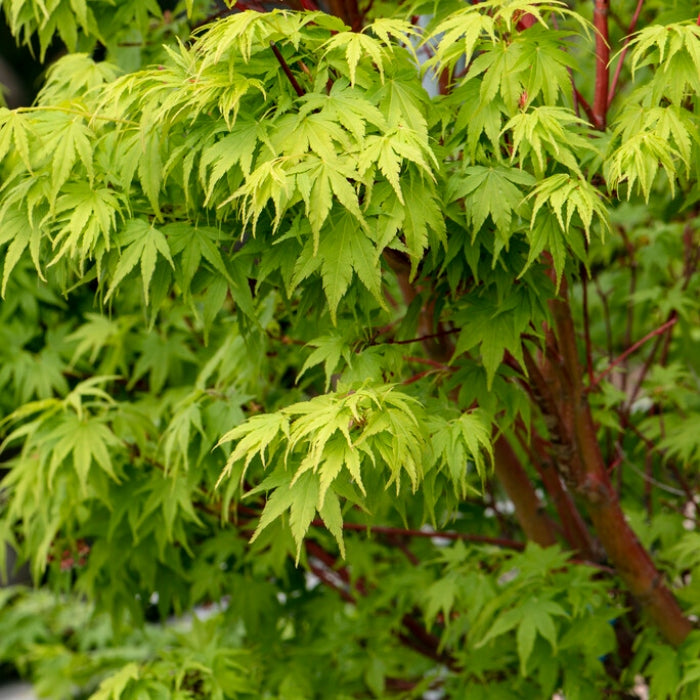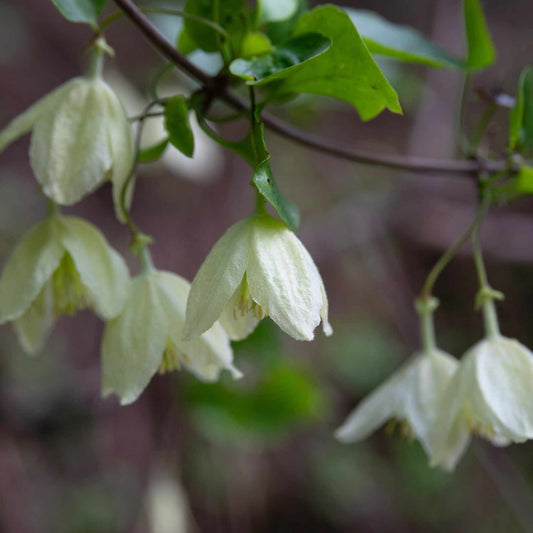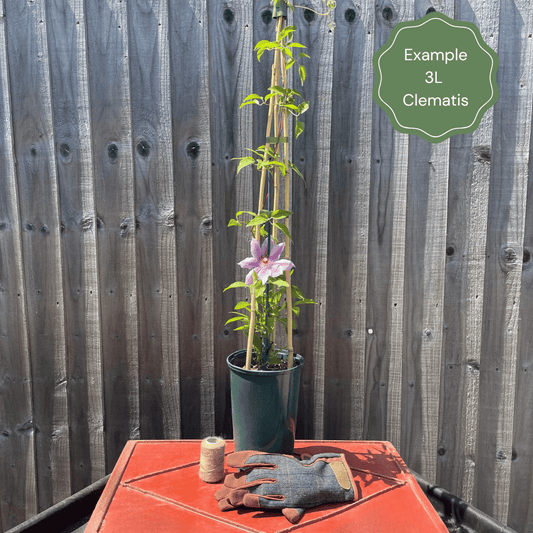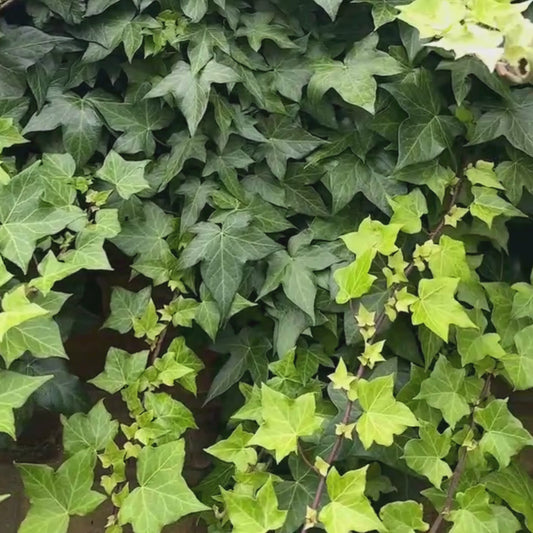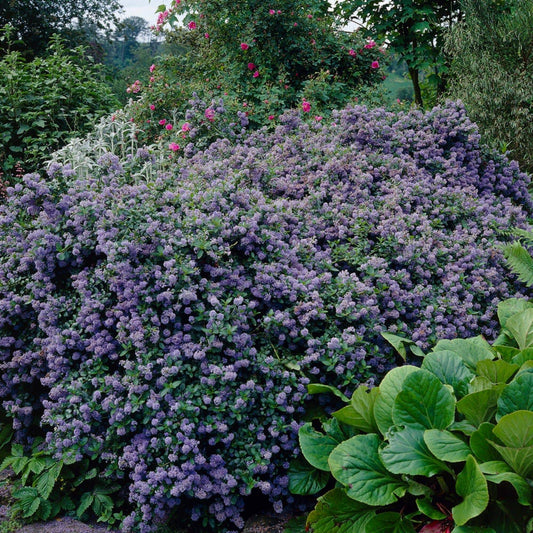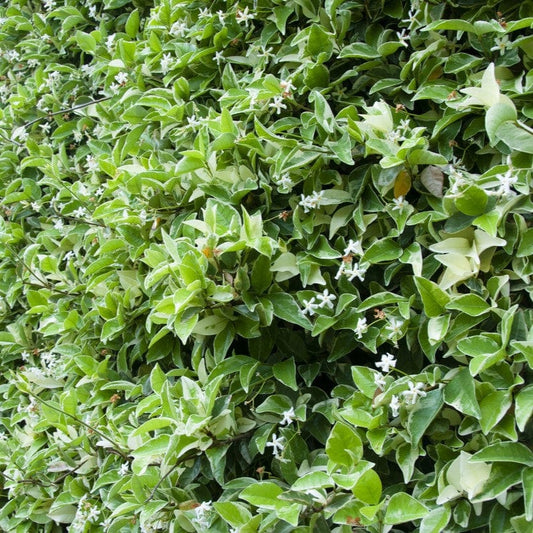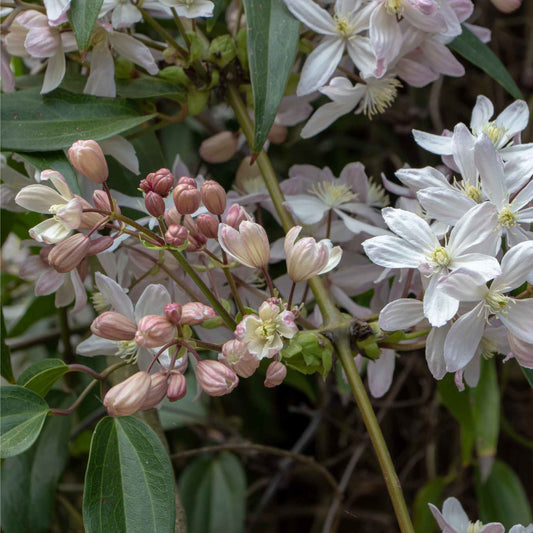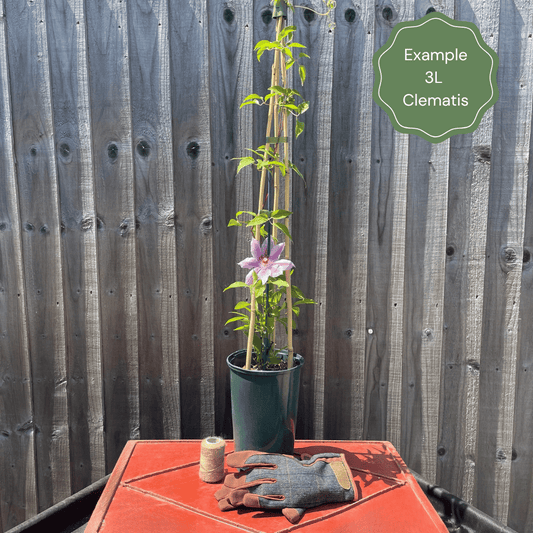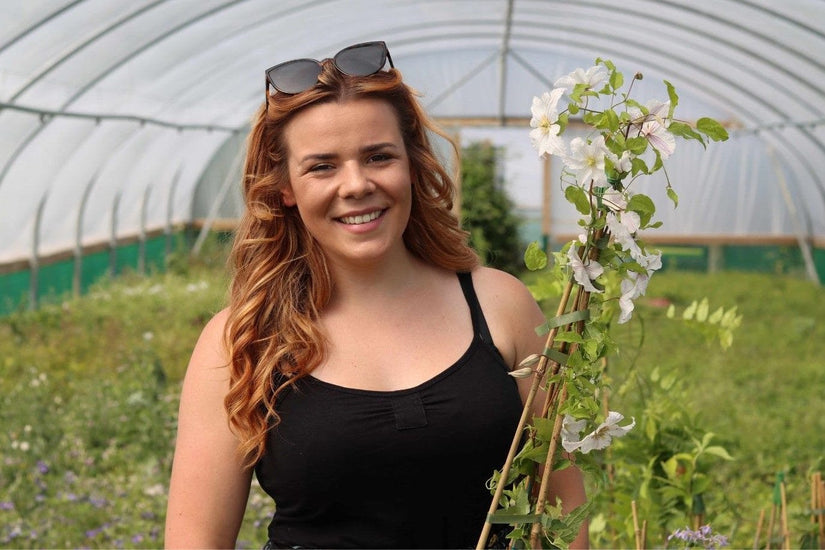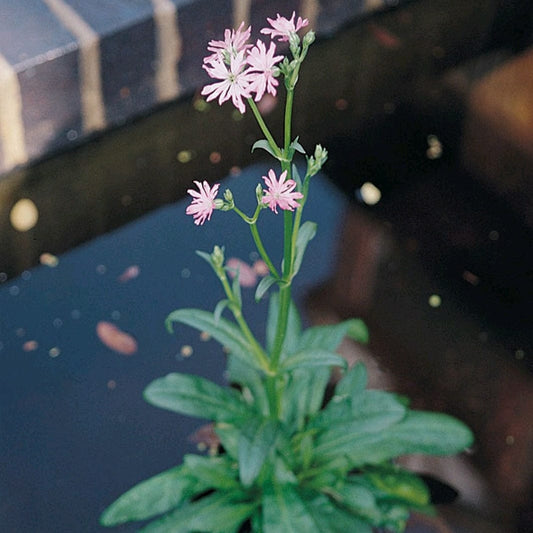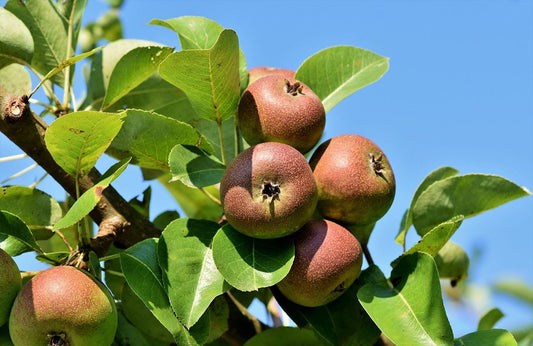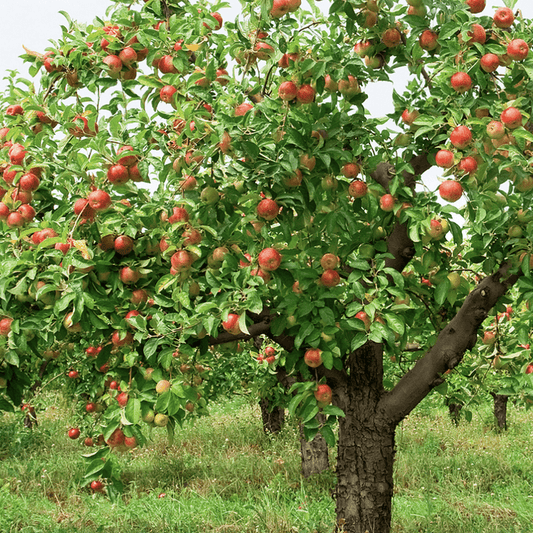Cheltenham
Meet Mollie
Climbers grown by specialists at the height of their game
What does it take to grow the strongest and best climbing plants in the show tent? Organic fertilisers, natural pest control and years of dedication from Mollie, our expert grower in Worcestershire. Professionally pruned and checked by hand, they’re guaranteed to put on a gold standard display in your garden, too.
Need help picking?
Evergreen Climbers FAQs
What is the best evergreen climbing plant?
The best evergreen climbing plant is a subjective topic, but there are certainly some we can think of that could really stake a claim with no objections. This includes the cirrhosa clematis, ‘Ourika Valley’, whose cream winter flowers punch through even the bleakest of winter afternoons, and ‘Halliana’, a honeysuckle whose fragrance is so bloomin’ delightful we can barely put it into words.
What climbers grow in winter?
Several climbers grow in winter, including a few evergreen options. Clematis armandii and Clematis cirrhosa varieties, for instance, are excellent options to add interest at the end of one year and the start of another. ‘Freckles’ is an utterly fabulous cirrhosa variety, boasting flowers in winter like a Jackson Pollock painting. Blooming from December through to February, this award-winning evergreen climber is the definition of a head-turner. Other evergreen climbers that look good in winter include star jasmine (Trachelospermum jasminoides) and ‘Dentata Variegata’ ivy.
What is the best evergreen plant to hide a fence?
If you’re wanting to cover an unsightly fence, then evergreen climbers are your solution. Opt for an ivy (like ‘Goldchild’ or ‘Glacier’) as these grow incredibly quickly and have the added benefit of being self-clinging, meaning you don’t need to provide any kind of additional support, it will adhere to the fence all by itself. Within just a few months you should have seen some fairly prolific fence coverage.
Can you plant evergreen climbers in September?
Yes, September is a great time to be planting most evergreen climbers; that’s because the soil is still nice and warm coming off the back of summer, giving your climber an entire season to get itself set and established with a healthy network of roots. Alternatively, you can plant your evergreen climber in early spring, once the harsh temperatures of winter are in the rear-view mirror.
Is there an evergreen clematis?
Yes! Clematis armandii is one of the most popular clematis plants, thanks to its wonderful fragrance (notes of vanilla and almond) and prolific flowering nature. Other evergreen options include the cirrhosa varieties like ‘Wisley Cream’.
Can evergreen climbers be flowering?
Absolutely, they can! There are heaps of flowering evergreen climbers, including akebia, sollya and solanum (or chocolate vine, bluebell creeper and potato vine respectively). Alongside these, there are the exotic blooms of the passion flower, the bugles of honeysuckle and the starry flowers of different star jasmine types.
Fighting plastic waste
Delivering fresh from the nursery
Supporting UK growers
